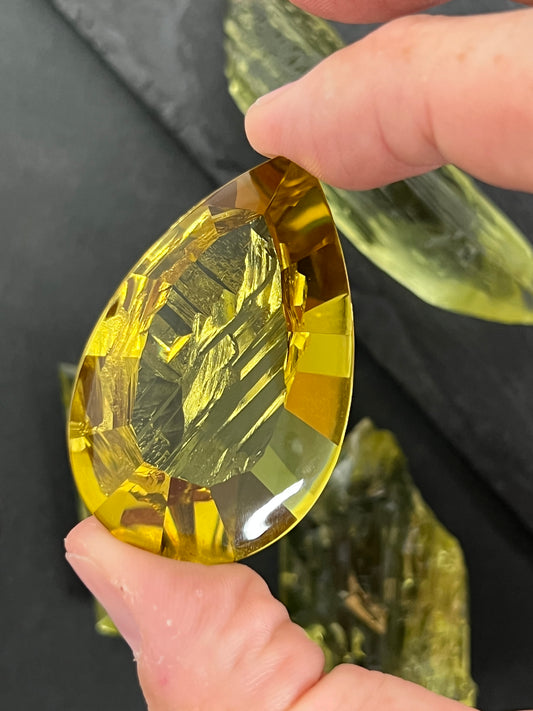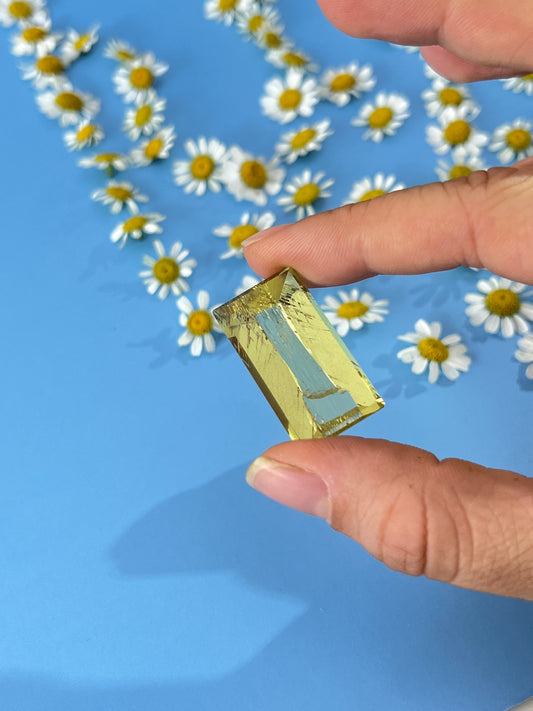162.22 ct Ukrainian Heliodor Beryl #1214474
162.22 ct Ukrainian Heliodor Beryl #1214474
Regular price
$1.00 USD
Regular price
Sale price
$1.00 USD
Unit price
per
Estimated Price: $35,000-40,000
This imposing 162 ct Ukrainian heliodor beryl is an artful blend of faceted and natural -- the cut highlights the beauty of the natural crystal growth patterns. A 'golden' opportunity for a discerning collector. From the Volodarsk Volynskii mine in Ukraine. 162.22 cts & 54.8 x 36.2 x 14.5 mm. Untreated.
VAT & Sales Tax
VAT & Sales Tax
The winning bidder is responsible for any applicable VAT or sales tax.



Traceability & Provenance
Level 2 - On-site Contact
Volodarsk Volynskii, Zhytomyr State
Ukraine










